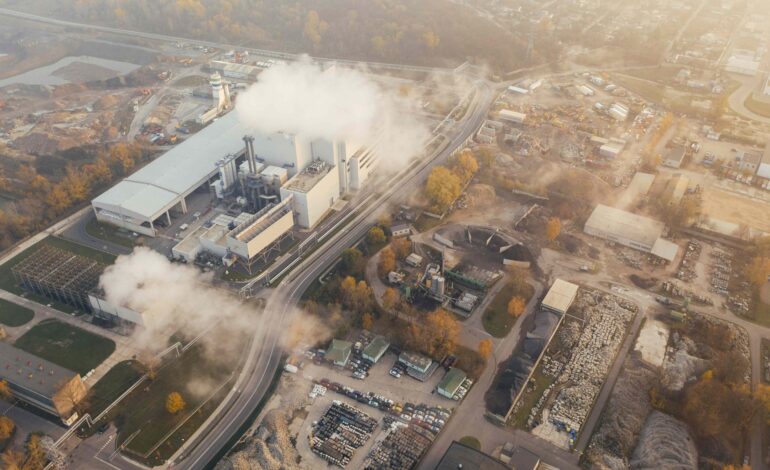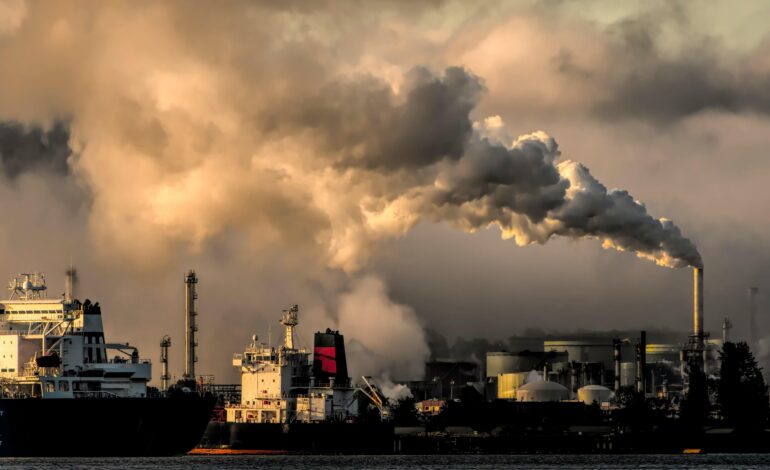
Marine Emission Control Areas (ECAs) and Their Impact on Bunker Fuel
With growing global concern over environmental issues, the maritime industry faces increasing pressure to address its contributions to air pollution and greenhouse gas emissions. A key regulatory response has been the establishment of Marine Emission Control Areas (ECAs). These zones impose stricter controls on ship emissions, particularly sulfur oxides (SOx) and nitrogen oxides (NOx), leading to significant changes in the bunker fuel industry.
Understanding Marine Emission Control Areas (ECAs)
Marine Emission Control Areas are specific regions where stringent controls on sulfur and nitrogen emissions from ships are enforced. The International Maritime Organization (IMO) introduced ECAs as part of its MARPOL Annex VI regulations aimed at reducing ship pollution. ECAs have been established in the Baltic Sea, the North Sea, the North American coastline, and the United States Caribbean Sea.
Within these areas, ships must use fuel with a sulfur content not exceeding 0.10%, much lower than the global limit of 0.50% outside ECAs. Additionally, new ships operating within ECAs must meet stricter NOx emission limits.
Impact on Bunker Fuel Composition and Supply
The creation of ECAs has significantly impacted the composition and supply of bunker fuels. The need for low-sulfur fuel oils (LSFO) has surged, prompting refiners to adjust their production processes and invest in technologies to produce compliant fuels. This shift has led to several notable changes:
- Increased Demand for Low-Sulfur Fuels: To comply with ECA regulations, shipping companies are increasingly using LSFO and marine gas oil (MGO), which have lower sulfur content compared to traditional high-sulfur fuel oil (HSFO).
- Refinery Adjustments: Refineries have adapted to produce more LSFO and MGO, often investing in desulfurization units and other advanced refining technologies to meet the higher demand for cleaner fuels.
- Pricing Dynamics: The demand for low-sulfur fuels has impacted global fuel pricing. LSFO and MGO typically cost more than HSFO, leading to increased operational costs for shipping companies operating within ECAs.
Technological and Operational Adaptations
The maritime industry has adopted various technological and operational measures to meet stricter emission requirements:
- Scrubbers: Some ships have installed exhaust gas cleaning systems, known as scrubbers, allowing them to continue using HSFO by removing sulfur from exhaust gases before release. Although this technology involves significant upfront investment, it can be cost-effective long term, especially for vessels frequently operating in ECAs.
- Alternative Fuels: Beyond LSFO and MGO, there is growing interest in alternative fuels such as liquefied natural gas (LNG), which emits significantly lower levels of SOx, NOx, and CO2. The adoption of LNG is increasing, supported by expanding bunkering infrastructure in key ports.
- Operational Changes: Some shipping companies are optimizing their operations to reduce fuel consumption and emissions. Measures include route optimization, slow steaming (operating at lower speeds to save fuel), and regular maintenance to ensure engine efficiency.
Environmental and Economic Impacts
The introduction of ECAs has led to measurable environmental benefits, particularly in terms of reduced air pollution and associated health benefits for coastal populations. Lower emissions of SOx and NOx contribute to fewer respiratory diseases and less acid rain, demonstrating the positive public health and environmental impacts of these regulations.
Economically, while the shift to compliant fuels and technologies has led to increased costs for the shipping industry, it has also spurred innovation and investment in cleaner technologies. Long-term benefits include a more sustainable shipping industry and progress towards decarbonization.
Future Outlook
As global efforts to combat climate change intensify, the scope and number of ECAs are likely to expand. This expansion will further push the maritime industry towards adopting cleaner fuels and more efficient technologies. Additionally, the IMO’s ongoing discussions on reducing greenhouse gas emissions from shipping may lead to even stricter regulations and the establishment of new ECAs, addressing not only SOx and NOx but also CO2 emissions.
Conclusion
Marine Emission Control Areas represent a significant regulatory advancement in reducing ship emissions and mitigating environmental impact. The bunker fuel industry has responded by shifting towards low-sulfur and alternative fuels, driving technological innovations and operational adjustments. As environmental regulations become more stringent, the maritime industry must continue to adapt, balancing economic considerations with the imperative of sustainability and environmental stewardship.





